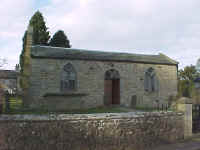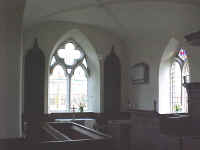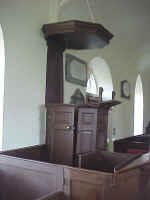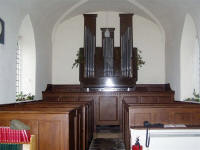  St Lawrence |
||||||||||
|
||||||||||

|
||||||||||
|
||||||||||

|
||||||||||
|
||||||||||

|
||||||||||
|
||||||||||
 |
||||||||||
|
||||||||||
|
||||||||||
Photographs
by kind permission of John Hawes
|
||||||||||
Please see our Home Page for important copyright notice |
||||||||||
|
|
||||||||||
|